A place where design comes naturally
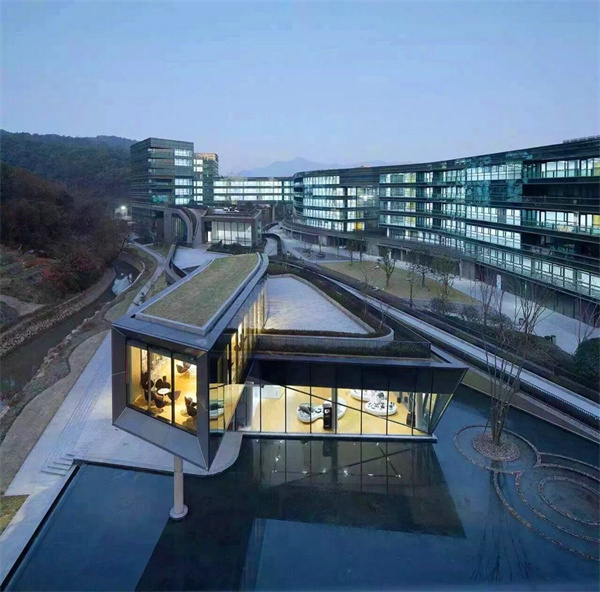
Surrounded by lush hills, Artinno Town in Hangzhou, Zhejiang province, is a hub of creativity, where designers collaborate on projects, such as the Asian Games. [Photo provided to China Daily]
In the eremitic Artinno Town in Hangzhou, Zhejiang province, a group of talented designers have emerged as a result of the recent Asian Games. The designers, all influenced by the same art academy, were the masterminds behind the Games' emblem, known as "Surging Tides" and the medals, as well as the torch, mascots, and hostesses' uniforms.
All of those in charge of the designs are alumni or professors of the China Academy of Art, which has its Xiangshan Central Campus nearby Artinno Town.
"People used to say in China, that 'real hermits live in bustling places'," says Fang Hongzhang, the designer of the emblem.
"I think every designer hopes to remain an independent individual, but they also need to have a very strong connection with society."
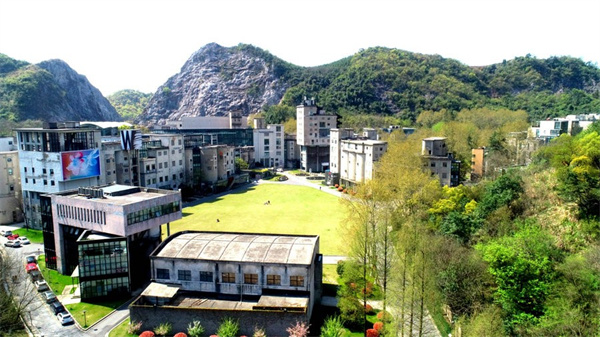
Surrounded by lush hills, Artinno Town in Hangzhou, Zhejiang province, is a hub of creativity, where designers collaborate on projects, such as the Asian Games. [Photo provided to China Daily]
Zhang Junjie, who led the design team for the medals, launched his studio in 2009 and moved it to Artinno Town in 2016.
"I decided to settle there after visiting for the first time and immediately seeing our current office," says 41-year-old Zhang, who graduated from the China Academy of Art, and is now the director of the industrial design department of the college.
"Looking out of our office window, you can see a pond surrounded by three mountains. This is one of the earliest sources of inspiration for my design of the medals. I really like the environment here. Where the office is located is quiet and natural," Zhang says.
Gradually, more enterprises from various fields, including film and television, architecture, sculpture and animation, established themselves in the town.
"My previous film about the torch of the Asian Para Games was produced with the assistance of other enterprises in the town," Zhang says.
"Working with culture is an interdisciplinary field. It requires collaboration with many categories of design or even commercial institutions. The town provides us a good platform."
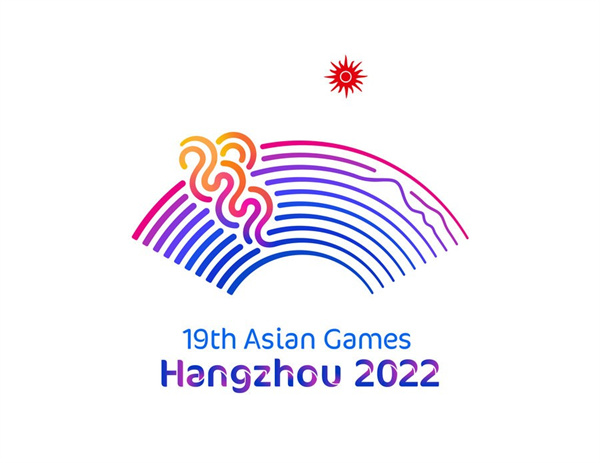
The emblem of the 19th Asian Games. [Photo provided to China Daily]
The medals of the 19th Asian Games were created after nearly two years of team effort.
"We had no idea at the beginning. To be honest, it was difficult to deliver the area's thousands of years of culture and showcase its unique features to the world in such a small medal," Zhang recalls.
After more than 20 prototypes, the final design of the medal features the natural landscape of Hangzhou in the style of a traditional painting - misty hills, a rippling lake, and undulating mountains on the front, while the rear face features the logo of the Olympic Council of Asia.
The design of the medal highlights Hangzhou's ecological importance, with its beautiful scenery, clear water and rolling hills. The bridge-shaped buckle at the top of the ribbon symbolizes the famous water towns of the Yangtze River Delta region.
According to Zhang, about eight designers participated in the medal's design.
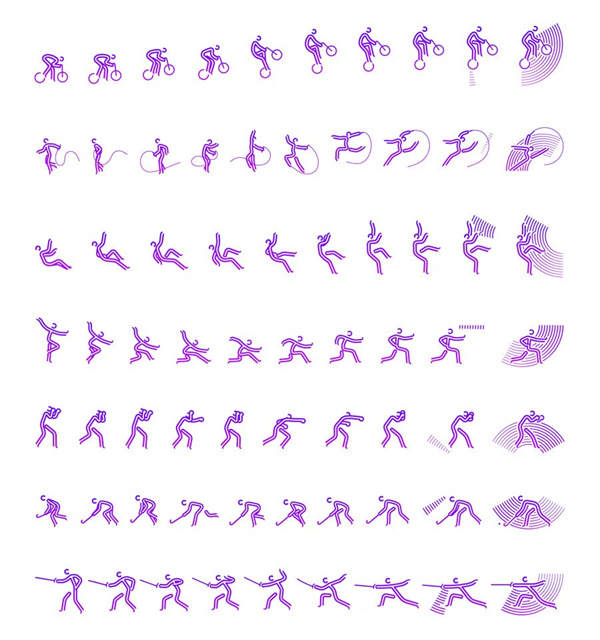
Icons representing sports of the Games. [Photo provided to China Daily]
Fang, a graduate of the China Academy of Art, co-launched a design studio with his college professor Yuan Youmin in 2008.
Fang says that they moved to Artinno Town in 2011 and focused on graphic design. The pair were also responsible for designing the emblem of the 2016 G20 Summit in Hangzhou.
Participating in the opening bidding for the Asian Games project, their designs stood out from more than 4,200 competitors.
"Having the opportunity to participate in the design of the Games is actually a lifelong pursuit for us as designers," says Fang.
The team conducted a great deal of preliminary research to select elements that can represent Hangzhou, Zhejiang, and China.
The Qiantang River and a tidal bore are the core elements of the emblem, showcasing the natural landscapes of Hangzhou and the courage of its people.
The fan-shaped design reflects the cultural heritage of the area, the running track represents competition, the emblem's resemblance to the Wi-Fi signal symbol matches the characteristics of Hangzhou city as a national hub for the digital economy, and the sun is a symbol of the Olympic Council of Asia.
The design of the icons for various sports was also challenging for Zhang's team.
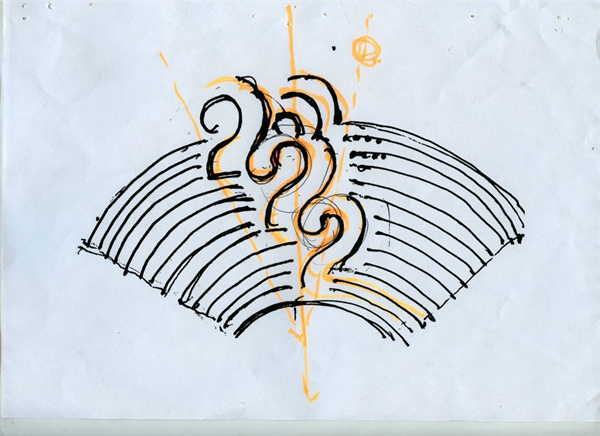
An earlier draft of the design. [Photo provided to China Daily]
Zhang took Kabaddi as an example to explain the difficulty in the design.
"As a multiplayer competitive sport, it's very difficult to display Kabaddi through a minimalist and abstract pose on a sports icon," he says.
"Others, such as finding the most classic movements in gymnastics, choosing whether weightlifting should be represented by a snatch or clean lift, and if swimming should be depicted on the surface or underwater ... required the approval of each sport's respective association," Zhang explains.
Though the process was challenging, all the efforts were worthwhile. "This is a great honor for us as designers," Zhang says.
Working in Artinno Town provides more opportunities for Zhang's team, as well as other creative groups, to get together.
"We now have many projects on which we collaborate with different teams and enterprises, including sharing ideas with them," he says.
Wu Haiyan, a pioneer of design in China and a retired faculty member of the China Academy of Art, led the design of hostesses' uniforms.

Drafts for the icon designs. [Photo provided to China Daily]
Her studio, which was established in 2007, moved to Artinno Town in 2021. Most of the hostesses' uniform designs were finished there.
Shi Di is one of the young designers in Wu's team. She used to be a graduate student of Wu and participated in the design of the uniforms after graduation.
"The initial draft I produced with Wu had more than five or six revisions before she made more adjustments," says Shi.
After two years with nine preliminary designs, Wu nailed down the final version in September last year.
The designs are a combined narrative of traditional patterns and Chinese aesthetics. By intertwining the laurel yellow and lake green as basic colors, Wu inked southern China's famous landscape over her new design.
The dresses are inspired by the 10 views of the West Lake and the Qiantang River, Shi explains.
For her, working in Artinno Town is a fruitful and rewarding experience.
"Many young talented designers are working in the town, and seminars, creative markets and recreational activities have always been held to provide us with opportunity to communicate with other designers," Shi says.
"We have fun and make a lot of new friends."
Wu Wanzhen contributed to this story.




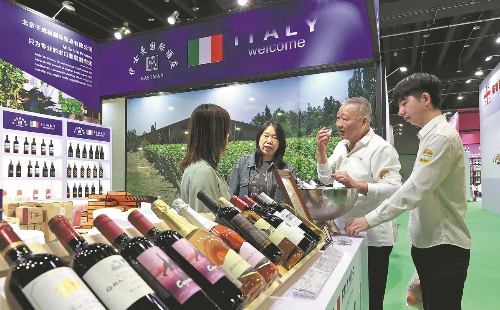
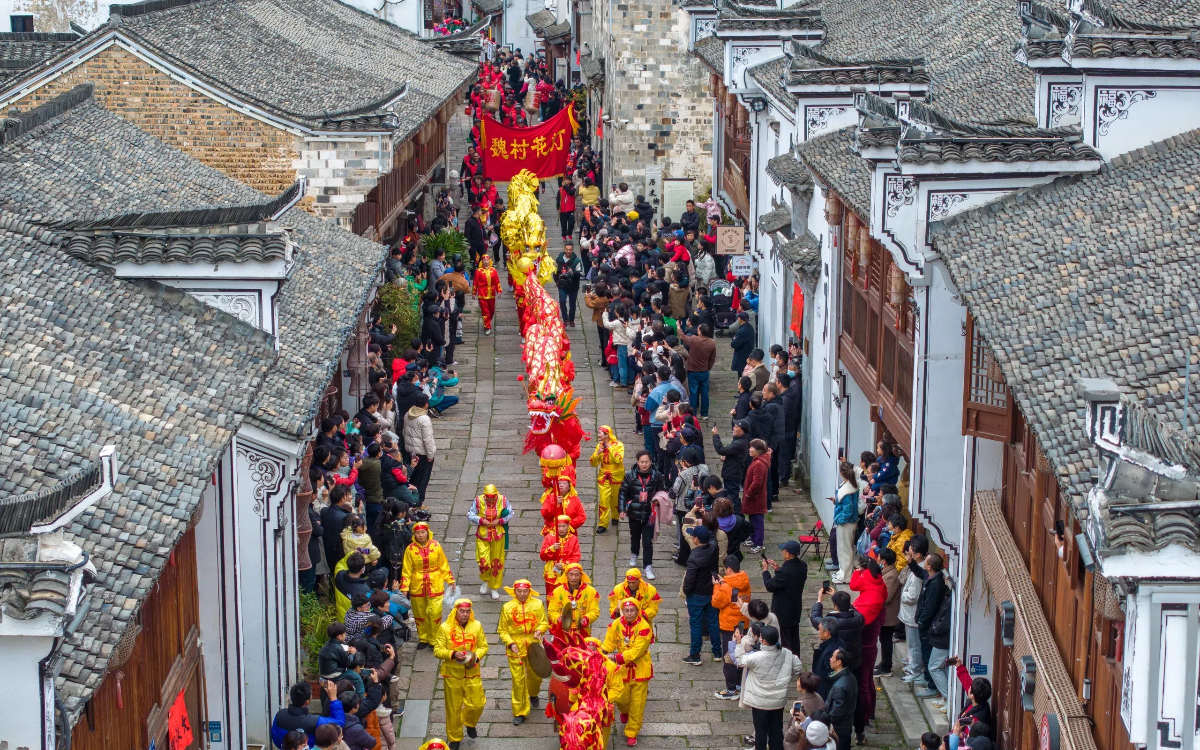 play
play